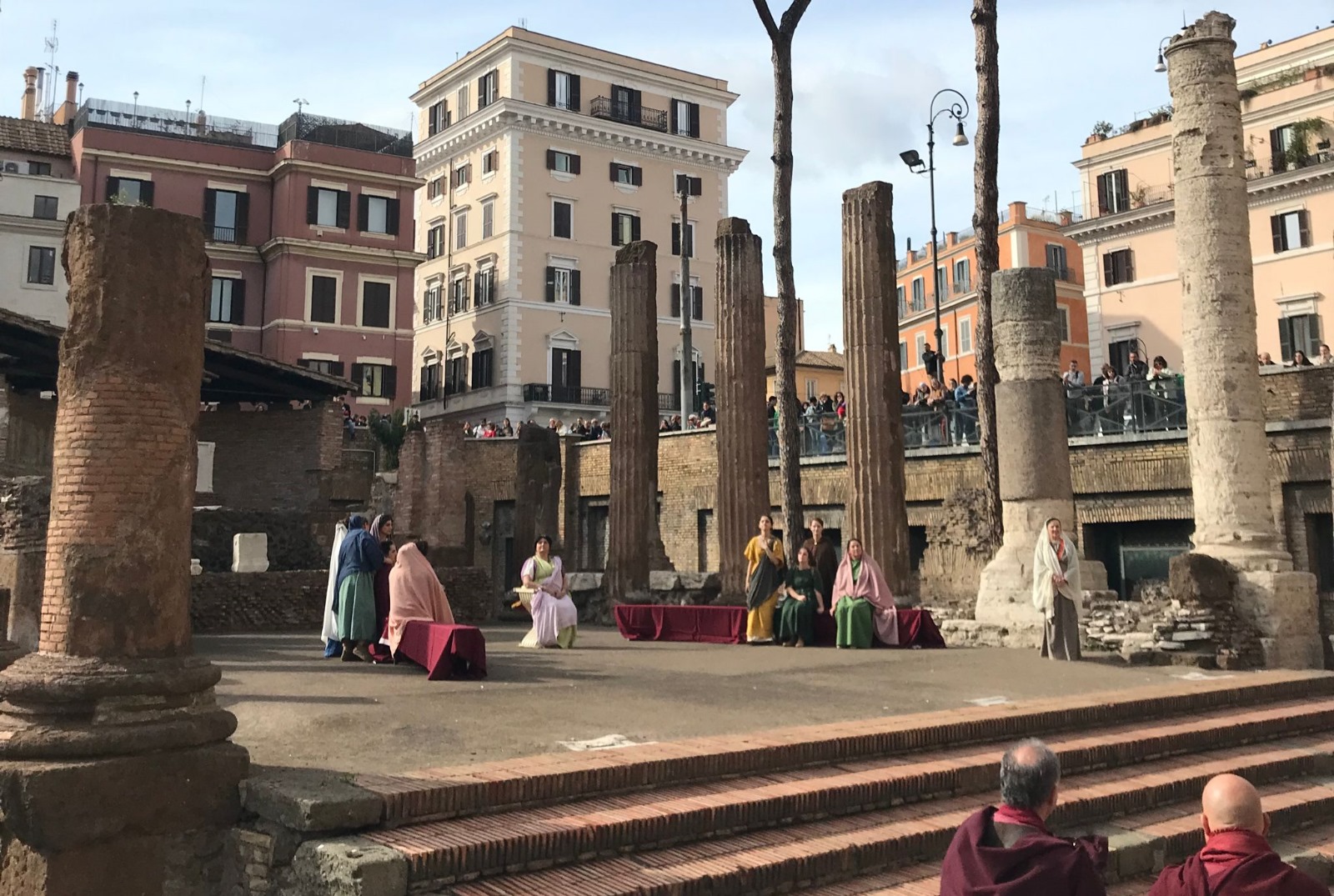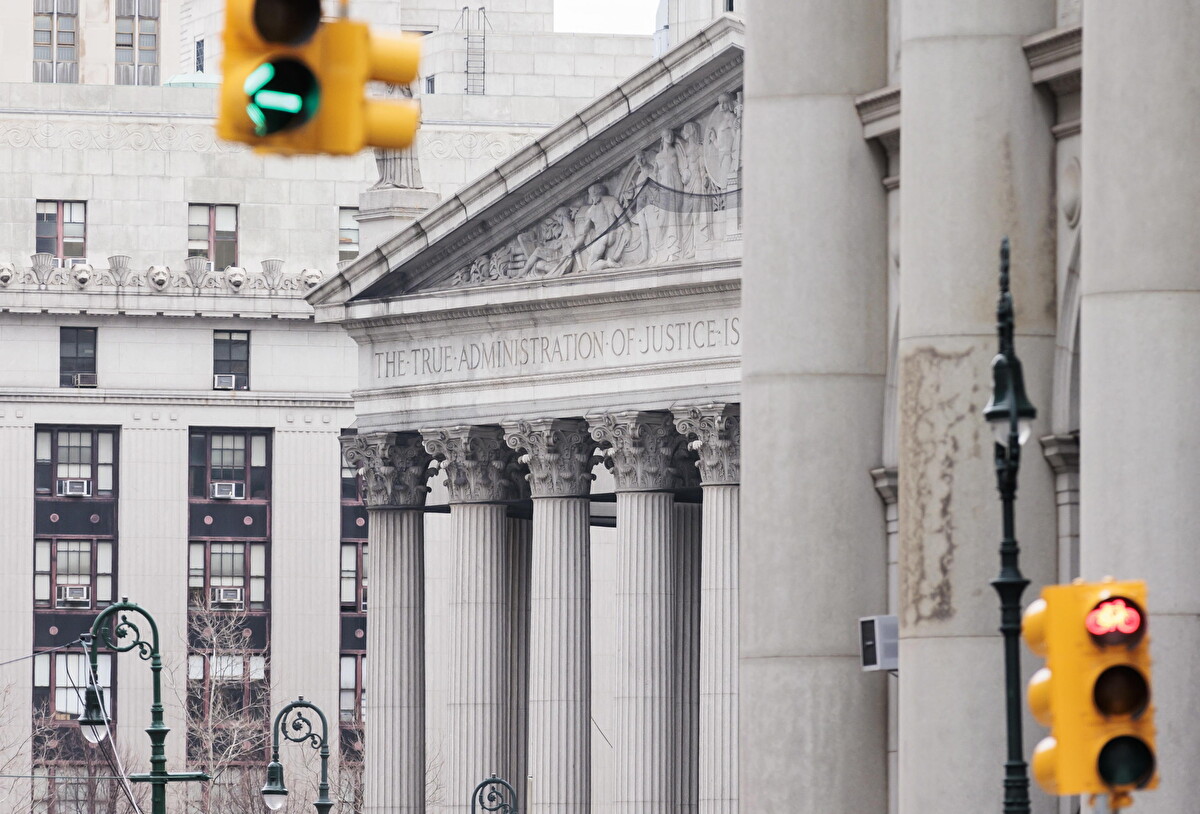Beware of the Ides of March! This ominous warning has become part of the English language, repeated, and reiterated in literature and history. The great Julius Caesar probably did not suspect that he would become as famous for his death as for his vast accomplishments in life, but thanks to Shakespeare and others who perpetuated his memory, the day he was assassinated lives on in history.
On March 15, in 44 B.C. he went to the Curia–the hall that once hosted the Roman Senate–to meet his death at the hands of the senators who stabbed him 23 times, and as legend has it, he collapsed with “Et tu Brutus” on his lips.

In the sacred area of Piazza Argentina in Rome, the historical reconstruction of the tragic death of Julius Caesar on the Ides of March in 44 B.C. was staged today.
An accurate reconstruction in the evocative atmosphere of Ancient Rome, on the very spot where the historic event occurred, made it possible to relive the events that marked that memorable day.
The re-enactment of the assassination was followed by the funeral procession that accompanied Caesar’s body from Largo Argentina to Via dei Fori Imperiali to the Temple of Julius Caesar.
The reconstruction was acted out at the same location where the event occurred, using the immortal words of the Shakespearean orations of Brutus and Mark Antony in the well-known play. This element, curated by director Yuri Napoli and supported by teachers from the Royal Academy of Dramatic Art in London, added an additional level of authenticity and intensity to the re-enactment, bringing to life what might otherwise have been just a dry event recorded by history.

Today’s commemoration was organized by Gruppo Storico Romano, carried out under the supervision of the Department of Historical, Philosophical-Social, Cultural Heritage and Territorial Sciences of the University of Rome Tor Vergata and the Capitoline Superintendency. The funeral procession was carried out with the participation of the Decima Legio Association.
All this occurred in Largo di Torre Argentina, one of the most important archeological sites in what is probably the most historically rich city in the world. The Largo, considered sacred by ancient and modern-day Romans, contains the remains of four Roman Republican temples, Pompey’s Curia and Pompey’s Theatre as well.
The archeological site was re-opened to tourists last June with a brand-new elevated walkway that brings visitors right to the spot where Julius Caesar was assassinated. Before, tourists were only allowed to see the landmark from above. Visitors can explore the ruins of the temples and theater up close and learn fascinating details about the history of ancient Rome. But most of all, if you have a vivid imagination, you can see yourself in ancient Rome on the fateful day. On this particular day you didn’t just have to imagine it, you could actually be a witness.












